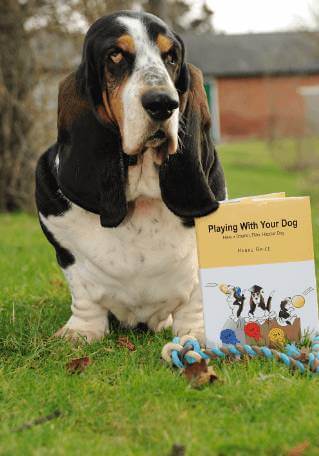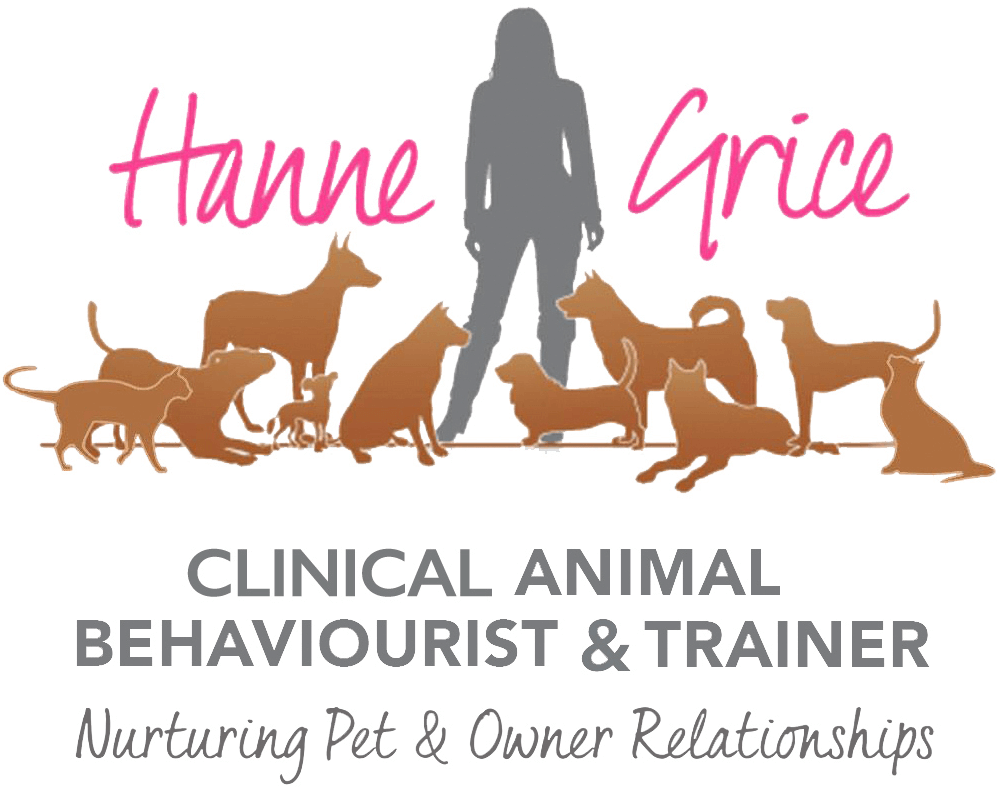With youngsters at home, KPop Demon Hunters is played with the same regularity as my father would tune in to the Shipping Forecast! The HUNTR/X face their demons with rhythm, precision and teamwork. In daily life, our dogs face their own “demons”: the courier knocking at the door, the sudden appearance of the neighbour’s cat, or when the vacuum cleaner starts to whirr.

Training, like the choreography we see in KPop, depends on a few essentials:
- Timing: A marker (such as the click of a clicker/”yes” word) and the reinforcer (like food or fun) delivered within seconds makes the link between action and outcome clear.
- Consistency of cues: Dancers keep in time with one another. Likewise, dogs learn fastest when signals from different family members or handlers match. Consider the verbal and/or visual cues all those interacting with the dog use – how many of these are consistent? Download my Dog’s Dictionary below to help.
- Motivation: Performers thrive on applause and atmosphere. Dogs, too, respond to what they find rewarding. To maximise motivation, use a combination of things your dog adores, such as food, the opportunity to play, sniff around, chase, observe others, or interact with them. Varying these keeps learning engaging.
- Shaping and criteria setting: Dance routines are broken into steps. Similarly, dogs succeed when behaviours are taught in achievable increments. For example, learning the behaviour away from distractions, then slowly weaving these in at a distance, or switching up the types of distractions, as the dog starts to ‘get’ the behaviour you’re working on.
- Generalisation: A routine perfected in one studio may falter on tour. Dogs also need to practice across different places, in different situations, with other handlers, when we’re looking to build reliable responses.
- Self-awareness: If one dancer drifts off-beat, the group can falter. Being aware of our own body language and positioning, tone of voice, and emotional state are some of the ways in which we can influence how well our dogs perform. Likewise, pay attention to the dog’s cues – turning away, seemingly disinterested in rewards, staying put when asking them to come, all indicate we need to pause, assess what’s going on and consider whether our dog is over-tired, needs a drink, needs time to process what’s being asked, full-up and so on.
Effective training is no mystery: precise timing, consistent cues, being more aware of what we and our dog are doing, along with meaningful rewards, layered gradually, turn everyday “demons” into manageable moments. As with any KPop performance, what looks effortless on stage is built from hours of practice behind the scenes.
Now, I’m off to get my HUNTR/X fix – happy training!
Learn more about our classes

Get Hanne's book, clothing and more
Hanne has a number of publications including her book Playing With Your Dog to help owners work out the games that are best suited for their pet to play throughout his life, from puppyhood to old age, available from Amazon. Check out Hanne's range of contemporary casuals The Collection – for pet lovers made from recyclable, organic materials that are sustainably sourced.

